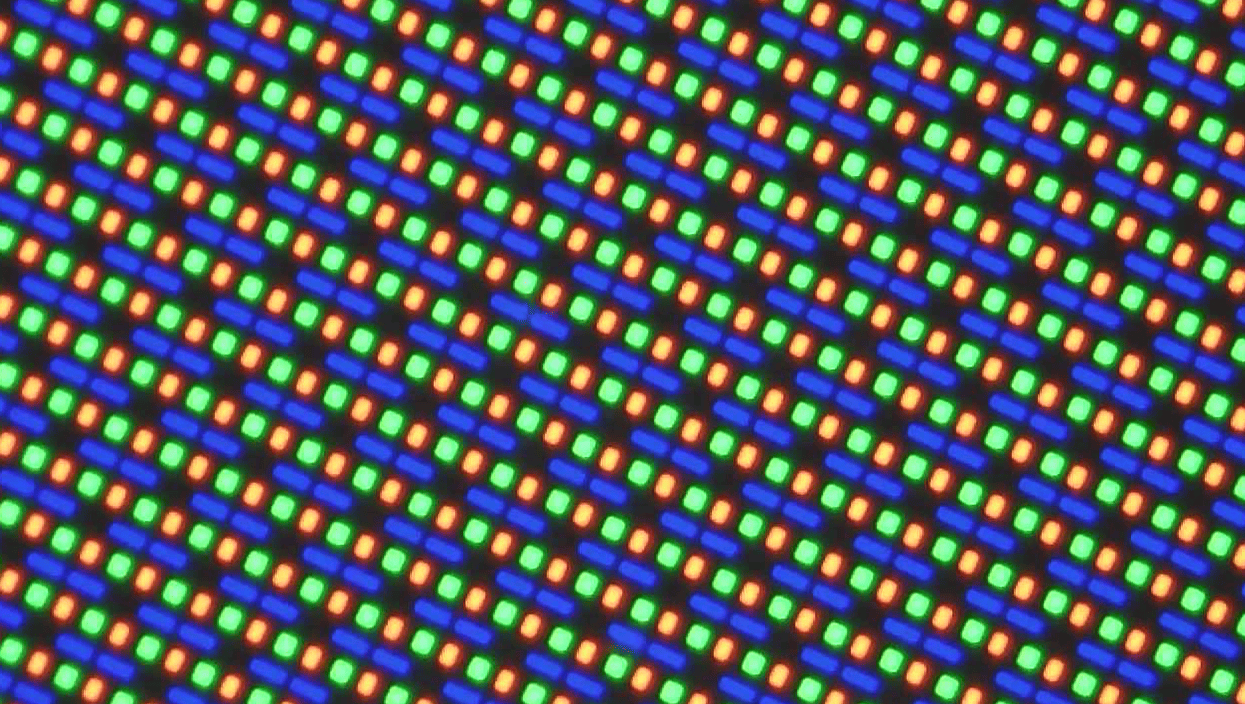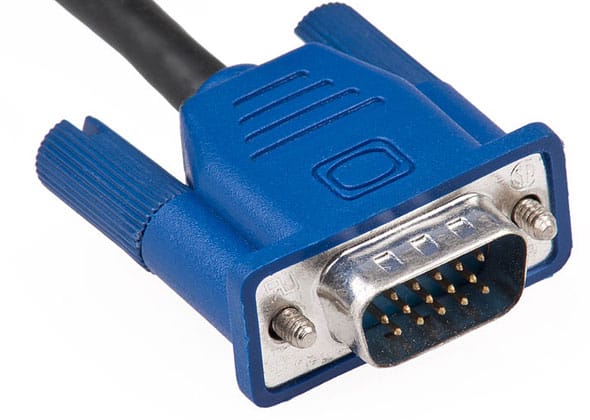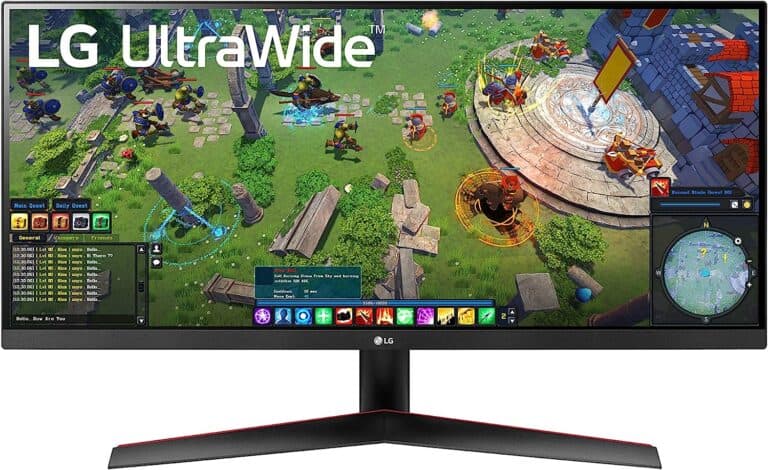PenTile technology is shaping the future of display quality for professional applications. By adopting a unique subpixel arrangement, PenTile displays enhance both brightness and clarity. This technology doesn’t just improve the visual experience but also ensures lower power consumption—a crucial factor for devices used in professional environments.
PenTile’s configuration includes an additional white subpixel to the traditional RGB layout, which allows for higher luminance levels without increasing power use. This innovation provides professionals with brighter screens that maintain color accuracy, essential for tasks requiring precision.
As professional applications demand high resolution and efficiency, PenTile technology stands out. The mix of high brightness and power efficiency makes it a valuable asset in fields requiring superior display performance.
Understanding Pentile Technology: Where and How It’s Used
The Basics of Pentile Displays
Pentile technology is a subpixel arrangement used in some electronic displays, notably OLED and LCD screens. It differs from traditional RGB (Red, Green, Blue) layouts by sharing subpixels between adjacent pixels. This arrangement can lead to higher pixel densities and reduced production costs, but it may also affect perceived image sharpness compared to standard RGB displays.
Applications in Mobile Devices
Pentile displays are commonly found in smartphones and tablets due to their advantages in power consumption and pixel density. The technology allows for brighter displays with less power usage, which is crucial for mobile devices with limited battery life. Additionally, the increased pixel density can make text and images appear sharper on smaller screens.
Uses in Televisions and Monitors
While less common, Pentile technology has also been used in televisions and computer monitors. The high pixel densities offered by Pentile can be beneficial for larger displays, especially those with 4K or higher resolutions. However, some viewers may notice a slight difference in image sharpness compared to traditional RGB displays.
Advantages and Disadvantages of Pentile Technology
| Advantages | Disadvantages |
|---|---|
| Increased pixel density | Potential reduction in perceived image sharpness |
| Lower power consumption | Some color fringing may be visible on high-contrast edges |
| Reduced production costs | Not all content is optimized for Pentile displays |
The Future of Pentile Technology
As display technology continues to evolve, Pentile remains a viable option for manufacturers seeking to balance performance, power efficiency, and production costs. The technology has already found widespread adoption in mobile devices, and its use in larger displays may continue to grow as the technology matures.
Making an Informed Decision
If you’re considering a device with a Pentile display, weigh the advantages and disadvantages to determine if it meets your needs. Compare it to devices with traditional RGB displays and consider the type of content you’ll primarily view. With an understanding of Pentile technology, you can make an informed decision about the best display for your needs.
Key Takeaways
- PenTile technology enhances display brightness and clarity.
- The unique subpixel arrangement reduces power consumption.
- Valuable for professional applications requiring high-resolution and efficiency.
Innovations in Display Technology and Impact on Professional Applications
Innovations in display technology like OLED and the Pentile matrix are changing how professionals work. These advances bring better image quality and efficient performance, improving productivity in various fields.
OLED and Pentile Matrix: A Glimpse into Advanced Screen Development
The Pentile matrix, introduced by companies like Samsung, improves pixel arrangements in OLED displays. It uses fewer subpixels per pixel, which can result in cost savings and longer battery life. OLED technology offers bright colors and deep blacks, enhancing the visual experience.
Using Pentile RGBW technology, displays integrate an extra white subpixel, increasing brightness and reducing power consumption. This technology is found in professional devices where display quality is critical, such as design workstations and medical monitors.
Optimizing Image Quality and Efficiency in Professional Settings
High-resolution screens with OLED and Pentile matrix provide superior image quality. These displays achieve high pixel densities (PPI), leading to sharp and clear images. Engineers and designers benefit from the precise color performance and high contrast of these screens.
OLED’s ability to display true blacks and vibrant colors makes it ideal for HDR content. Software algorithms also optimize image quality by enhancing resolution and color purity. Professionals find these advancements useful in producing detailed and accurate work.
Enhancing Productivity Through Power Management
Better power efficiency in display technology impacts battery life and device performance. OLED displays consume less power because each pixel emits its own light. This reduces the need for a backlight, saving energy.
Professionals using laptops or portable devices with OLED screens experience longer battery life, allowing for extended work periods. Power management features in OLED displays ensure that devices maintain peak brightness and color accuracy without draining batteries quickly. This balance of performance and efficiency is crucial for productivity in many professional settings.
Tables, lists, and clear formatting further enhance the readability and practical application of these advancements. Professionals across various fields benefit from these innovations, which combine high-quality displays with efficient power use.
Frequently Asked Questions
PenTile technology offers enhanced brightness and lower power consumption for professional displays. While beneficial, there are some concerns about color accuracy and longevity.
How does PenTile technology influence the brightness of professional displays?
PenTile technology uses subpixels more efficiently, which allows for brighter displays without increasing power usage. This helps maintain visibility even in bright environments like offices or studios.
What are the perceived drawbacks of PenTile displays in professional use cases?
One common drawback is reduced color accuracy compared to traditional RGB displays. Professionals who rely on precise color may find this problematic. PenTile displays might also exhibit pixelation in certain scenarios.
In what ways do PenTile displays benefit professional applications compared to traditional displays?
PenTile displays consume less power, extending the life of the display. Their enhanced brightness ensures visibility in various lighting conditions, making them ideal for work environments needing high display performance.
Is Samsung continuing to utilize PenTile technology in its latest professional display models?
Yes, Samsung continues to use PenTile technology in its latest professional displays. The improved brightness and lower power consumption make it a favorable choice for new models.
How does PenTile OLED enhance visual experience in professional settings?
PenTile OLED offers high contrast ratios, deep blacks, and vibrant colors. This enhances visual experiences in applications like graphic design, video editing, and presentations, where image quality is crucial.
What distinctions exist between PenTile displays and AMOLED displays in professional environments?
PenTile displays use different subpixel arrangements compared to AMOLED. While both offer vibrant images, PenTile may reduce the number of subpixels per pixel, which affects sharpness and color accuracy. AMOLED usually has a full RGB subpixel arrangement, offering accurate color representation.







